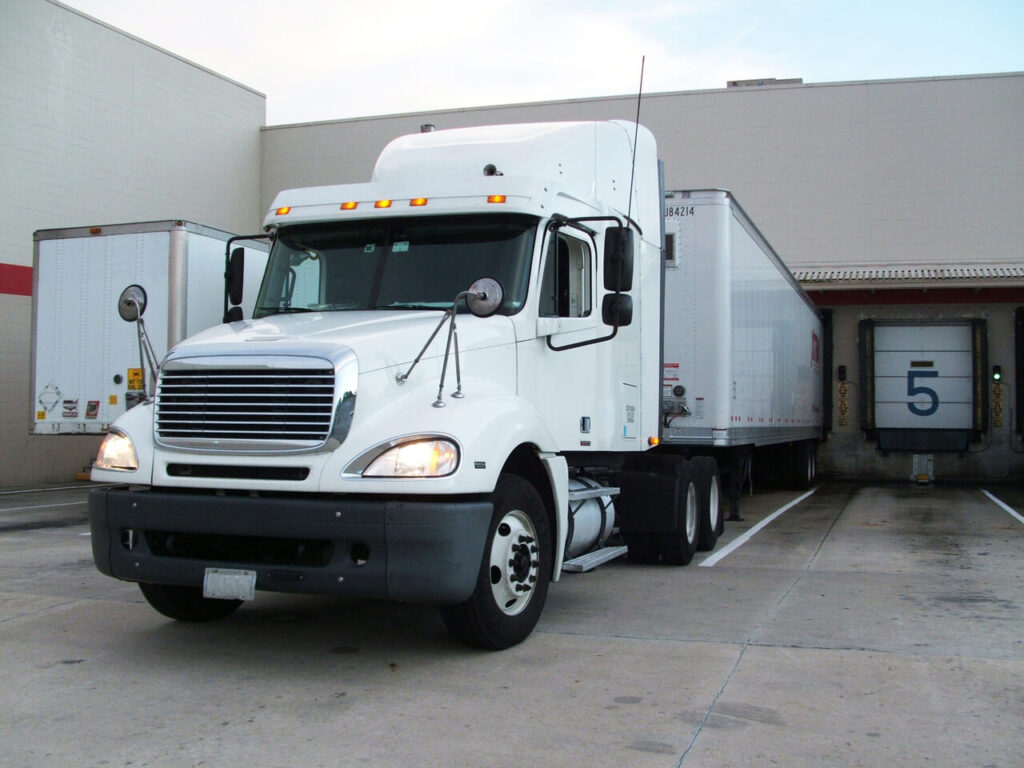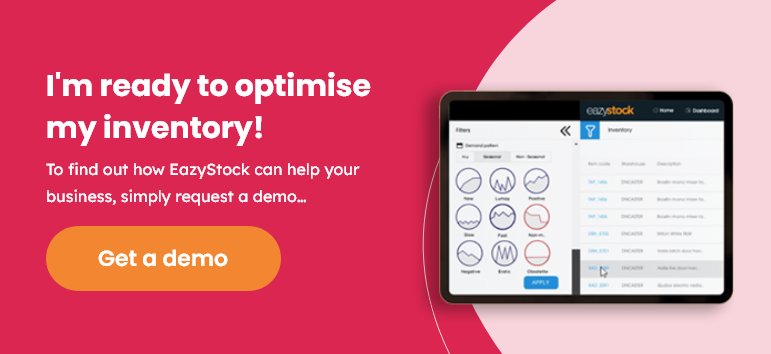Supply chain risk mitigation
As we ride each wave of supply chain disruption, we hope it will be the last. However, the world is changing. We live in a world of supply chain uncertainty as we deal with demand volatility, global political and economic unrest, natural disasters, extreme weather incidents, global conflicts, and the resulting shortage of raw materials, soaring inflation and high prices.
That’s quite a list for supply chain managers to contend with. To navigate an uncertain future, it will be critical for inventory managers to develop comprehensive supply chain risk management strategies and contingency plans to mitigate supply chain risks. Building agile and responsive supply chains that can adapt when things get tough will reduce the impact of any disruption.
This blog post looks at some supply chain risk mitigation strategies.

Supply chain risk mitigation strategies
Improve visibility
At the heart of supply chain risk management is the need for operational transparency and data-led decision-making. The more information you have, the better you can understand all parts of the supply chain. If you haven’t already, audit potential supply chain vulnerabilities to identify those high-risk points. This improved supply chain visibility allows you to put new processes or policies in place to improve supply chain performance and mitigate the impact of any disruption to fulfilment.
Monitor supply chains
Identifying inefficiencies or problems in the supply chain allows you to rectify these to maintain supply chain performance. Your enterprise resource planning (ERP) system or warehouse management system (WMS) might have the functionality to create alerts, but you might need a more sophisticated system, such as inventory optimisation software. Inventory optimisation software can alert you to stock levels, market trends, and differentiation from forecasts.
Another way to mitigate supply chain disruption is to build in buffers. There are three main inventory buffers:
- Inventory buffers – the most common inventory buffer is safety stock. Carrying stock additional to your regular cycle stock is helpful where suppliers’ lead times are long or customer demand isn’t stable.
- Capacity buffers – these can help in the short-term, such as using express orders or air freight rather than sea. You could also pay staff overtime or bring in temporary staff to help with periods of high demand.
- Time buffers – as a last resort, you could ask your customers to wait for delayed items. Be careful when using this solution that your customer doesn’t find someone who can fulfil their order immediately.
Develop strong supplier relationships
Whether you choose to grow your supplier network or maintain existing relationships, in future, it’s going to be more important than ever to build and nurture strong partnerships with your suppliers.
Such relationships rely on three key pillars: data, communication and transparency.
The more data you can give suppliers about future demand and order requirements, the better. You can then have regular, open and honest communication with them at all levels of your business. In return, they should share details about their current and future risks to supply. Understanding how reliant they are on their suppliers and working down each supply chain tier will give you complete transparency and the chance to highlight potential bottlenecks.

Agile planning
Agile planning means being able to respond to changes quickly. In uncertain times, you could carry more safety stock to meet any unexpected increases in demand or potential delays. You could also look at your supplier base and see where to build contingency plans.
For example, if you rely on cheaper suppliers who are further away or a single supplier, what happens if they can’t fulfil your orders? Reducing the distance of suppliers or adding suppliers through reshoring or nearshoring brings more options if your preferred supplier cannot meet your needs.
Once you’ve opened up your supplier base, you can choose the best supplier to meet your needs even in stable market conditions. By reviewing unit costs, lead times, minimum order quantities (MOQs) and reliability, you can ensure your ordering from the most efficient supplier.
If you aren’t already, look at using software to run simulations. As well as looking at changes in demand, consider what would happen to stock availability if you reduce investment and how changing your order fulfilment could affect your cash flow. Simulating risk scenarios allows you to put contingency plans in place so you can respond quickly if they happen.
Mitigate supply chain risk with automation
Many companies are vulnerable to supply chain shocks with ever-present global, political and economic instability. Therefore, having processes and systems in place to alleviate the impact is critical to business continuity. Businesses that take advantage of inventory management tools like EazyStock will be best positioned to deal with such uncertainty. With EazyStock, you’ll have a wealth of data for increased transparency and to inform communication, while automating inventory forecasting and replenishment will help you respond more effectively to market changes
Risk scenario planning
EazyStock’s what-if scenario planning functionality allows you to simulate what happens to stock availability if you reduce investment or how improving order fulfilment affects your cash flow before making any decisions. It can be a valuable tool in inventory planning to avoid nasty surprises.
Supplier optimisation
EazyStock’s supplier optimisation functionality helps you choose the most efficient supplier by letting inventory teams compare suppliers based on their lead times, unit prices and MOQs. Usually, lower unit prices are achieved at the expense of longer lead times and higher MOQs (leading to higher carrying costs). For some items, paying more for shorter lead times may be wiser to prevent a stockout during supply chain disruption periods.
When an order is ready to place, EazyStock will recommend the supplier that can deliver in time to meet target service levels most cost-effectively. For example, if there’s an item at risk of run out, it will recommend ordering the MOQ from the supplier with the shortest lead time to prevent the stockout. It will then recommend ordering the remaining stock from a more cost-efficient provider.
Order calendars
With usual supply chain processes likely to be disrupted, one area affected could be your order management scheduling. For example, you may need to reduce replenishment activity from a weekly to a monthly task, or suppliers may only accept a reduced number of orders a month. To help prevent these issues from impacting stock availability, EazyStock has an order calendar feature where you can enter the days in the month when orders can be processed, and the system automatically adjusts reorder quantities and safety stock levels to accommodate.
Access to inventory data
EazyStock provides a wealth of easily accessible data about your inventory down to SKU level. This can help you understand your current stock positions regarding available stock to meet demand, safety stock levels, excess stock, obsolete stock and stock at risk of run-out.
Demand forecasting
Forecasting is extremely difficult during periods of demand volatility because, in many cases, historical demand data, usually used to calculate future projections, is heavily skewed due to surges or droughts in sales (dependent on the industry). EazyStock, however, has a range of functionalities to support with demand forecasting challenges.
One such tool is its order scheduling capabilities. This creates a demand projection that can be sent to suppliers to provide a clear picture of your requirements, e.g., what stock you need to be delivered and by when. If they can provide potential lead times, these can be added to make the prediction even more realistic. This allows you to see if you need to use an alternative supplier.
Contact the team today if you’d like to know more about how EazyStock can help future-proof your inventory management processes.







